Reportar esta entrada
Más sobre la misma comunidad-colección
Motorcycle Madness Exhibit at the El Paso Museum of History.
Take a look at this Honda. It was modified to climb hills. See ...
Motorcycle Madness Exhibit at the El Paso Museum of History.
A Russian ice-racer. Look at the spikes in the tires. August ...
Motorcycle Madness Exhibit at the El Paso Museum of History.
Russian Ice-racer, front wheel. Look at those spikes! August ...
Motorcycle Madness Exhibit at the El Paso Museum of History.
Modified drag bike. August 2012, designed by Tim Hanlon. All of ...
Motorcycle Madness Exhibit at the El Paso Museum of History.
Modified drag bike. Look at the wheelie bar on the back. August ...
Motorcycle Madness Exhibit at the El Paso Museum of History.
AMA racing suit, crotch rocket on the left, off-road racer on ...
Motorcycle Madness Exhibit at the El Paso Museum of History.
Yamaha and Harley off-road racing bikes. August 2012, designed ...
Motorcycle Madness Exhibit at the El Paso Museum of History.
A great motorcycle mural, a collection of posters and beautiful ...
Motorcycle Madness Exhibit at the El Paso Museum of History.
Have your picture taken on this new Harley. August 2012, ...
Motorcycle Madness Exhibit at the El Paso Museum of History.
One of the greatest bikes ever built. August 2012, designed by ...
Motorcycle Madness Exhibit at the El Paso Museum of History.
Racing poster. August 2012, designed by Tim Hanlon. All of the ...
Motorcycle Madness Exhibit at the El Paso Museum of History.
Motorcycle Jackets, models , etc.August 2012, designed by Tim ...
Motorcycle Madness Exhibit at the El Paso Museum of History.
Exhbit view. August 2012, designed by Tim Hanlon. All of the ...
Motorcycle Madness Exhibit at the El Paso Museum of History.
Motorcycle exhibit 2. August 2012, designed by Tim Hanlon. All ...
Motorcycle Madness Exhibit at the El Paso Museum of History.
Motorcycle exhibit 3. August 2012, designed by Tim Hanlon. All ...
Motorcycle Madness Exhibit at the El Paso Museum of History.
Motorcycle Exhibit. August 2012, designed by Tim Hanlon. All of ...
El Paso Rock and Roll 1950-1970, an EP Museum of History Exhibit
Rod Crosby & the Intruders and the Moon Pie Daince Band...two of ...
El Paso Rock and Roll 1950-1970, an EP Museum of History Exhibit
An excellent collection of snare dums. Notice Dalton Powell's ...
El Paso Rock and Roll 1950-1970, an EP Museum of History Exhibit
Two snare drums I believe belonging to Rod Crosby advertise his ...
El Paso Rock and Roll 1950-1970, an EP Museum of History Exhibit
Artifact case showing two Bobby Fuller albums. Fuller was from ...
El Paso Rock and Roll 1950-1970, an EP Museum of History Exhibit
Chet Woodward's famous pachtwork pants in the glass case. Two ...
El Paso Rock and Roll 1950-1970, an EP Museum of History Exhibit
Guitar case, Jim Murphy's harmonica and mic in the right corner. ...







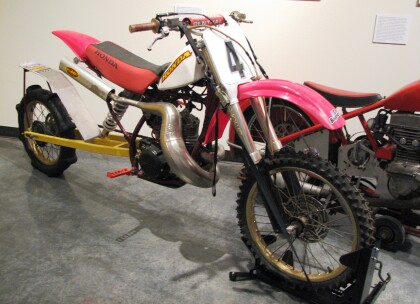
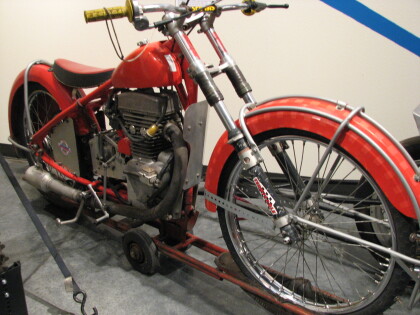
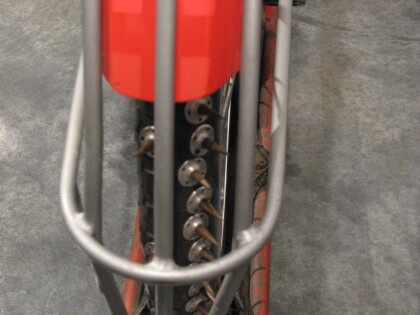
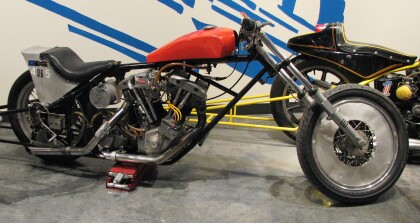
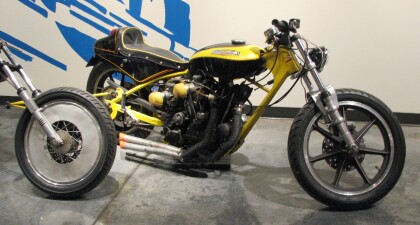
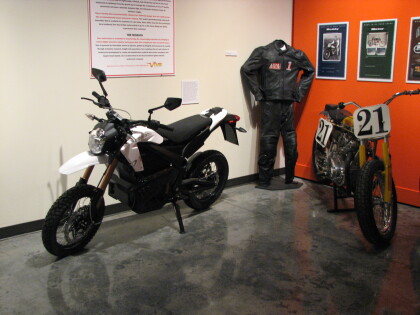
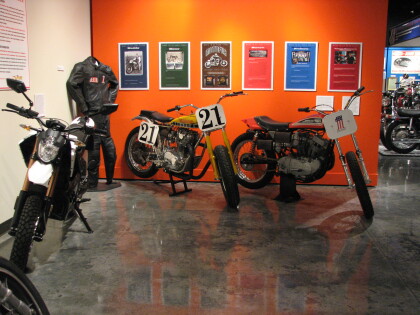

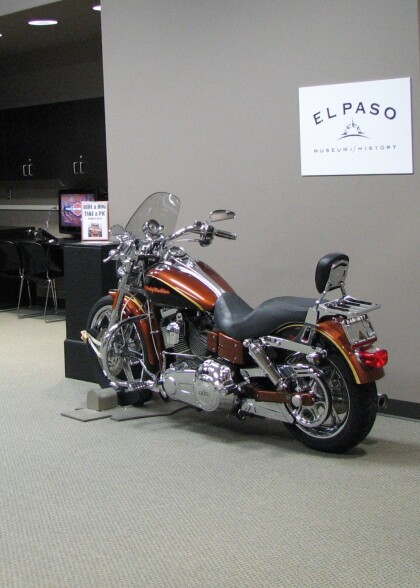
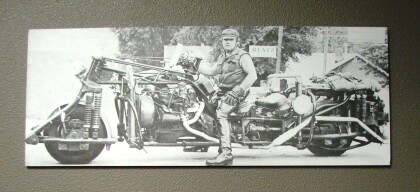


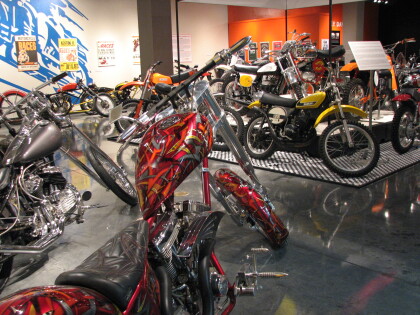




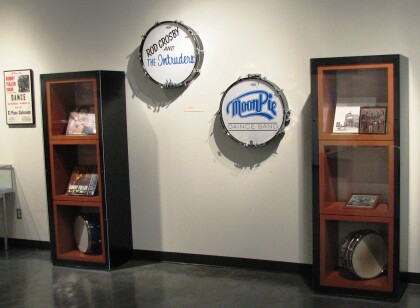
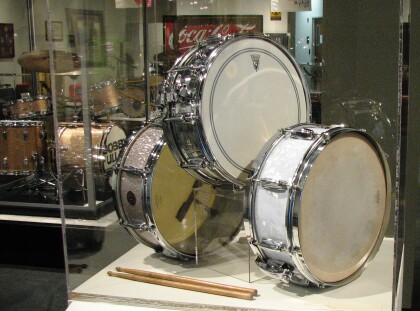

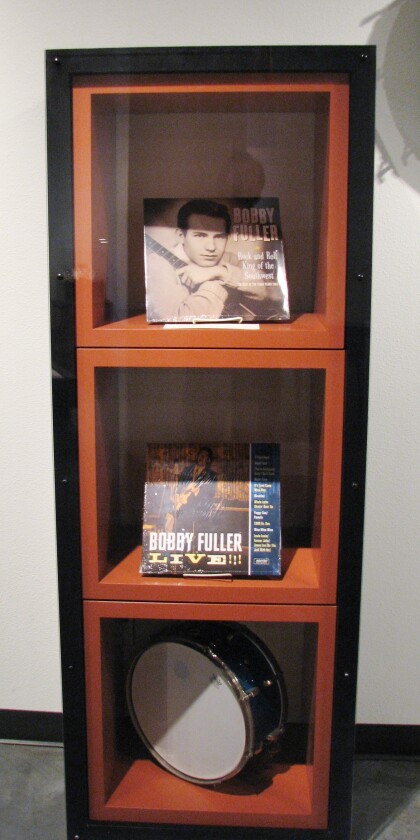
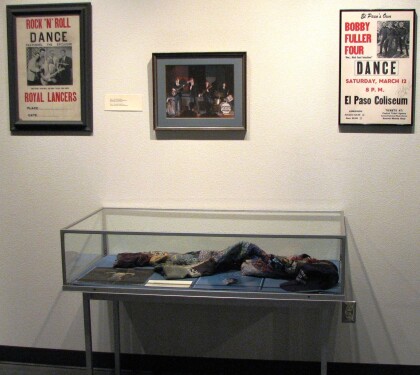
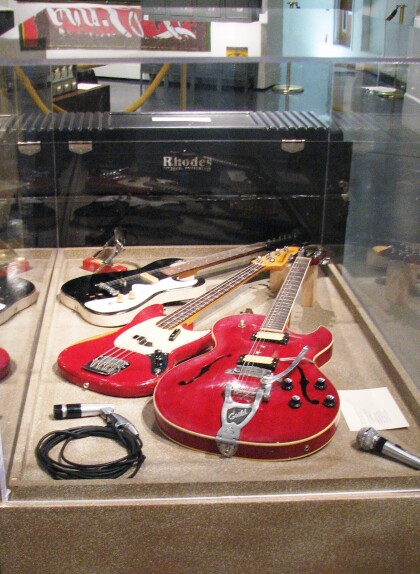
Comentarios
Hacer un comentario